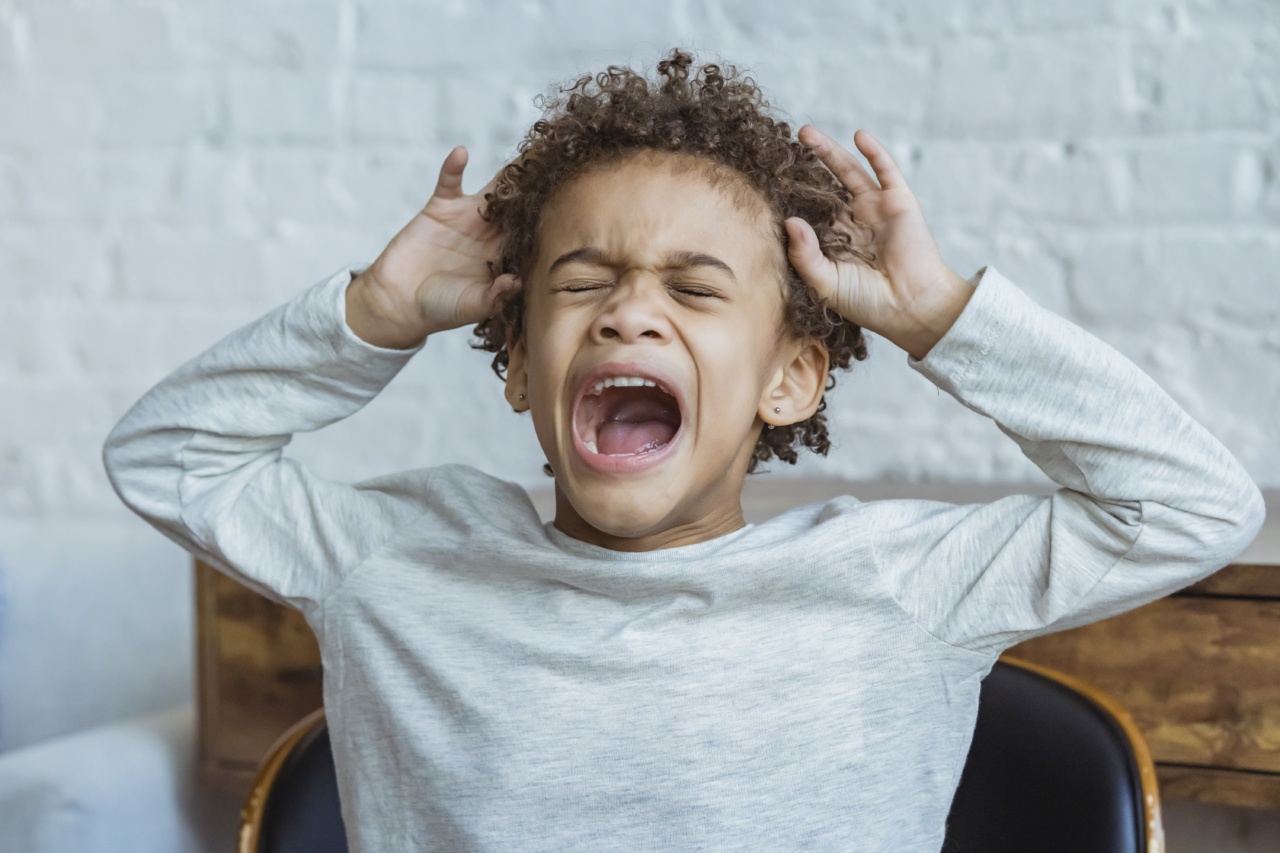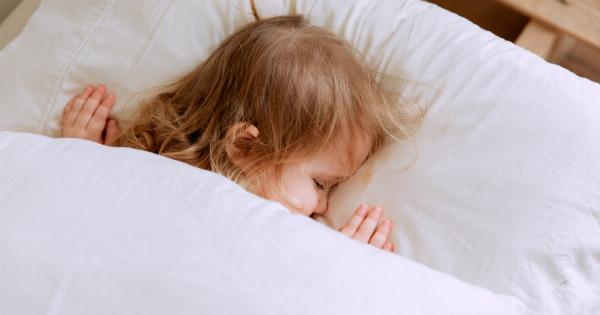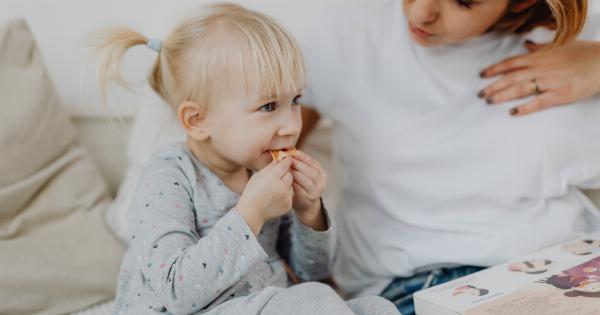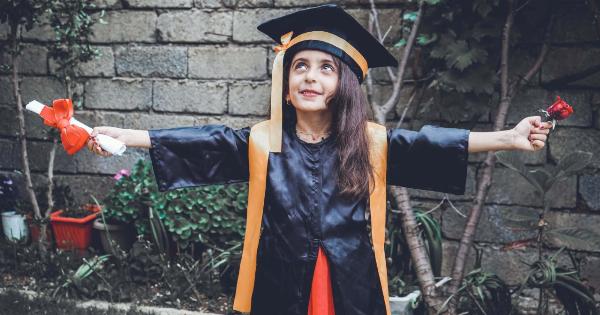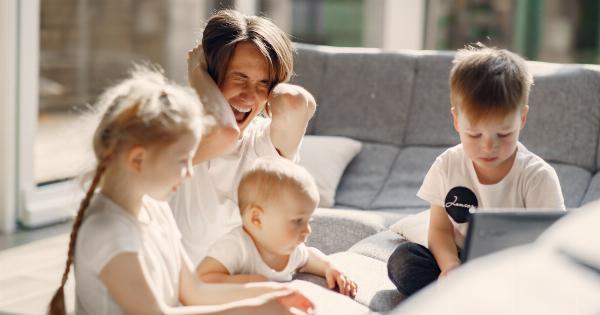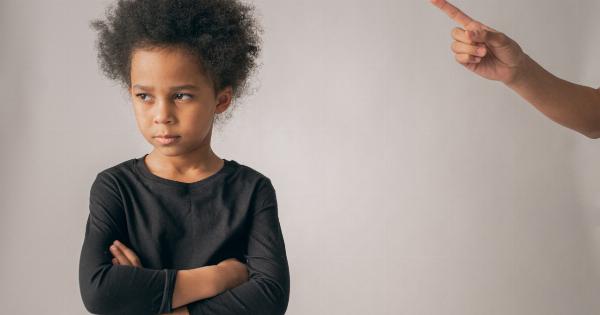It seems that our younger generation is becoming more and more anxious as time goes by. According to recent studies, anxiety has become the most common mental illness in the United States, and the numbers are only going up.
The American Psychological Association reports that anxiety levels for kids have risen steadily since 2007, and it shows no signs of slowing down.
What is Child Anxiety?
Child anxiety is a general term used to describe a range of anxiety-related disorders that affect children and young people, including generalized anxiety disorder (GAD), social anxiety disorder (SAD), and separation anxiety disorder (SAD).
These conditions can cause a range of symptoms, including excessive worrying, nervousness, irritability, trouble sleeping, and difficulty concentrating.
: Causes of Child Anxiety
There are several factors that can contribute to the development of anxiety in children:.
: 1. Genetics
Like many other mental health disorders, anxiety can run in families. If a child’s parents or siblings have a history of anxiety, they may be more likely to develop it themselves.
: 2. Trauma
Experiencing a traumatic event, such as abuse, neglect, or a car accident, can cause anxiety in some children.
: 3. Environmental factors
Environmental factors, such as living in a high-stress household or growing up in poverty, can also contribute to anxiety.
4. School
School can be a major source of anxiety for children, especially if they are experiencing bullying, struggling academically, or have a learning disorder.
: 5. Social Media
With the rise of social media and the internet, kids are now exposed to more information and stimulation than any generation before them.
Studies have shown that social media use can increase anxiety and depression in kids, especially if they are exposed to cyberbullying or unrealistic expectations of success and appearance.
How to Recognize Anxiety in Children?
It’s important to be able to recognize the signs and symptoms of anxiety in children so that you can seek help early on. These signs may include:.
: 1. Changes in Behavior
If your child suddenly becomes more irritable, disobedient, or withdrawn, this could be a sign of anxiety.
: 2. Physical Symptoms
Children with anxiety may experience physical symptoms such as headaches, stomachaches, or fatigue.
: 3. Avoidance Behaviors
Children with anxiety may avoid certain situations or activities, such as going to school, socializing with friends, or participating in extracurricular activities.
: 4. Excessive Worrying
If your child is constantly worrying about things that are out of their control, this could be a sign of anxiety.
How to Help Children with Anxiety?
If you suspect that your child is experiencing anxiety, there are several things that you can do to help:.
: 1. Talk to your Child
Encourage your child to express their feelings, and listen with empathy. Avoid dismissing their worries or telling them to “just get over it.”.
: 2. Create a Safe Environment
Try to create a safe, supportive environment at home. Encourage your child to participate in activities that they enjoy, and praise their efforts.
: 3. Seek Professional Help
If your child’s anxiety is impacting their daily life and functioning, it may be beneficial to seek the help of a mental health professional.
: 4. Teach Coping Skills
Teach your child coping skills such as deep breathing, guided imagery, and mindfulness. These techniques can help them to manage their anxiety in the moment.
: Conclusion
Child anxiety is a serious, but treatable condition. By recognizing the signs and symptoms of anxiety in children and seeking help early on, parents and caregivers can help their children to lead happy, healthy lives.
